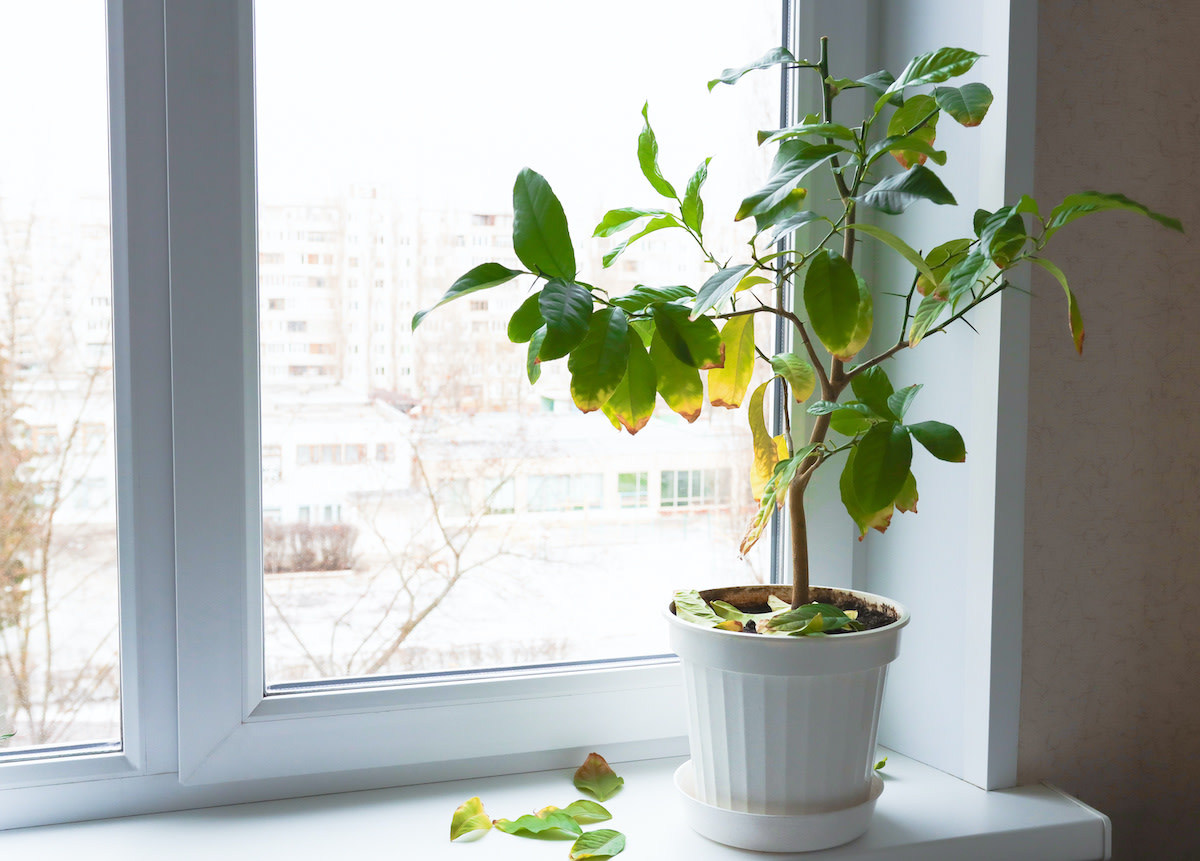How to Fix Potassium Deficiency in Plants
Written by MasterClass
Last updated: Jan 21, 2022 • 2 min read
Nutrient deficiencies are a common problem afflicting plants rooted in poor soil. Without a proper supply of potassium, disease resistance fails, crop production slows, and plants are more likely to die. Learn how to spot and prevent a potassium deficiency in plants.
Learn From the Best
What Is Potassium Deficiency in Plants?
Just like people, plants need nutrients to survive. Calcium, magnesium, nitrogen, phosphorus, and potassium are all essential macronutrients that support healthy plant tissues and plant cells. Plants get these essential nutrients from the soil in which they're planted. Potassium plays an important role in regulating plant growth and aids in the production and synthesis of enzymes, sugars, proteins, and chlorophyll. It plays an active role in photosynthesis and regulates the opening and closing of the stomata (pores that control the exchange of gas and liquids).
A potassium deficiency (also known as a K deficiency) in plants is most likely to occur when a plant is rooted in sandy soil. Dry, light soil devoid of organic matter is prone to leaching, limiting the plant root system's nutrient uptake. If you suspect your plants are suffering from a nutrient deficiency, perform a soil test on a soil sample. The results will help you determine the ideal soil solution or fertilizer program.
5 Symptoms of Potassium Deficiency in Plants
When potassium uptake is inhibited, plants may exhibit these common potassium deficiency symptoms.
- 1. Yellowing leaves: Yellowing that occurs between the leaf margins is known as chlorosis. This condition commonly affects older leaves and lower leaves first before spreading to younger leaves. If left unchecked, it will lead to leaf necrosis (death).
- 2. Wilting leaves: Potassium helps create pressure within plant cells, which prevents the leaves from wilting. When potassium levels are low, plant leaves are prone to wilting.
- 3. Burnt leaf edges: When the edges of a plant's leaves become scorched or burnt looking, it's likely due to a potassium deficiency.
- 4. Purple spots: The presence of purple spots on the underside of leaves is another common sign of potassium deficiency.
- 5. Slow growth activity: Potassium is an essential contributor to root growth, which means new growth will be slow and crop yield will be stunted in potassium-deficient plants.
4 Sources of Potassium for Plants
There are several effective methods for treating potassium-deficient plants.
- 1. Compost: Applying a layer of compost to the soil surrounding plants exhibiting common symptoms of potassium deficiency can help improve nutrient uptake. Homemade compost that contains decomposed banana peels is especially effective.
- 2. Wood ash: Wood ash has levels of potassium, but it should be used sparingly as it may have an adverse effect on soil pH. It's best to perform a soil test before applying wood ash to nutrient-deficient soil.
- 3. Potassium fertilizer: Also known as potash fertilizers, potassium fertilizers can help correct K uptake. They typically contain inorganic substances that are high in potassium, such as potassium chloride (sometimes sold as muriate of potash), monopotassium phosphate, potassium nitrate, and potassium sulfate. A combination of nutrient-rich compost and water-soluble fertilizers can help your plants in both the short and long term.
- 4. NPK fertilizer: NPK stands for nitrogen, phosphorus, potassium. These are balanced fertilizers that contain a combination of plant nutrients. They help raise potassium levels in addition to preventing nitrogen deficiency in plants.
Learn More
Grow your own garden with Ron Finley, the self-described "Gangster Gardener." Get the MasterClass Annual Membership and learn how to cultivate fresh herbs and vegetables, keep your house plants alive, and use compost to make your community—and the world—a better place.
